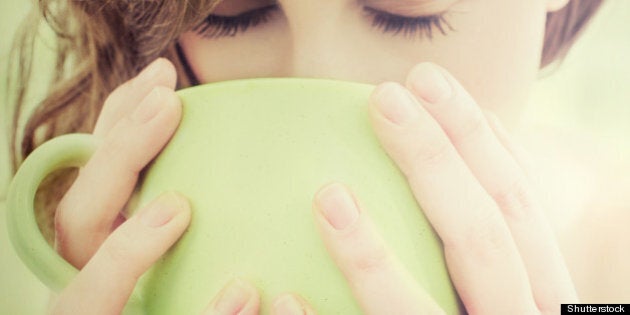
How could adding boiling water to leaves get so complicated? Pinkies up or down? Conventions abound when it comes to tea service, but it need not be fussy. In fact, some of the traditions actually have interesting roots.
High or low
When we venture out for high tea, it's usually actually an afternoon tea service that we're partaking in. High tea is served in the early evening, in place of a meal, as it is such heavy fare. Afternoon tea, or low tea, is sometimes called high tea in fancy tea salons but don't get too fussed by the name. It is served, you guessed it, mid-afternoon, a tradition reportedly started by a 19th century Duchess that often found herself peckish between lunch and dinner (woman after my own heart). Offerings for afternoon tea range from tea, scones, jam and cream, through to full tea service with savories, scones, sweets and dessert.
Pinkies up or down
Original porcelain teacups were made in China, without handles. Keeping a pinky up in the air helped balance the cup and avoid spills. In the 1700s, the handle was added though pinkies persevered. That perfectly charming photo of Audrey Hepburn, pinky in air, certainly helped galvanize the gesture. Hold your cup however it feels most natural for you, though I'm personally of the pinkies down school.
Broken scones
Scones are always broken, never cut, just like a dinner roll. They are served with jam and clotted cream or butter (and in that order, if you're layering your scone up).
No crack pots
Early tea cups made from soft paste porcelain that would crack if hot tea were poured into them, thus requiring milk to be added first. Since that no longer applies, tea is poured first, then milk and sugar to taste, after.
For a quick, and I mean 60 seconds kind of quick, here's a short video -- tea etiquette in one minute.